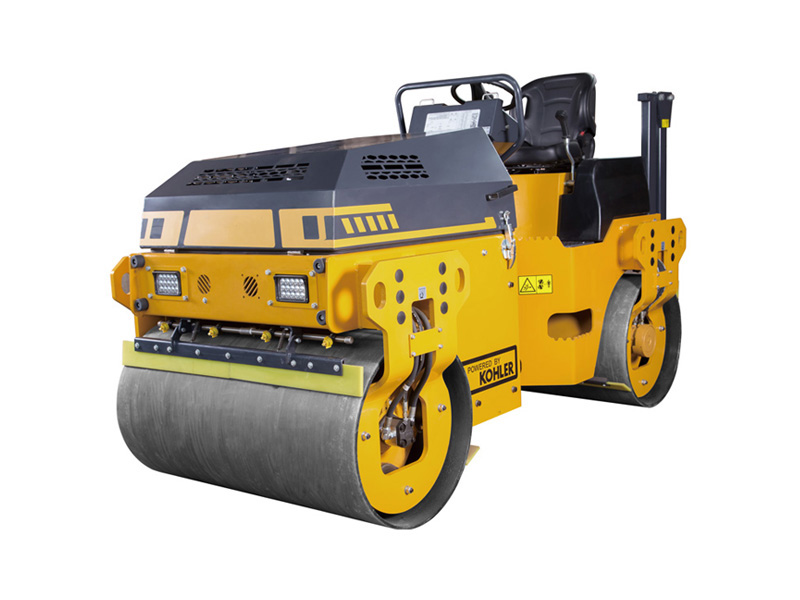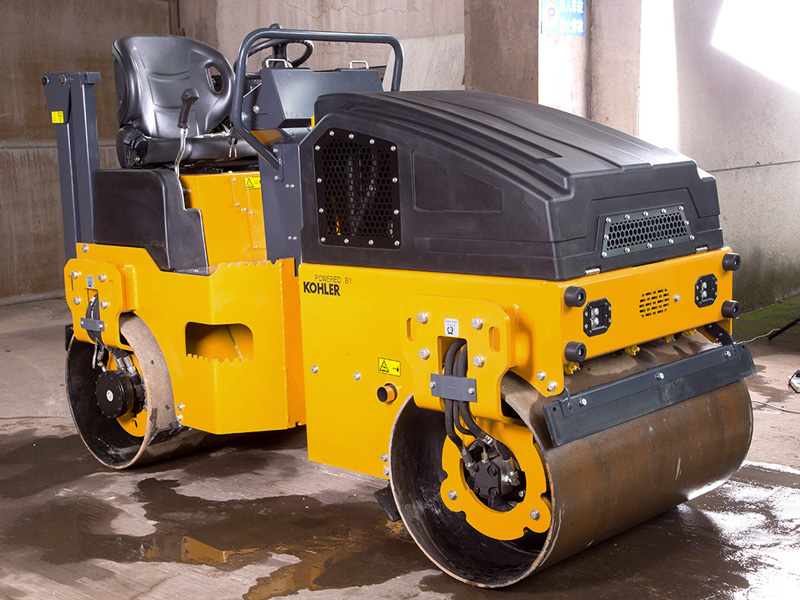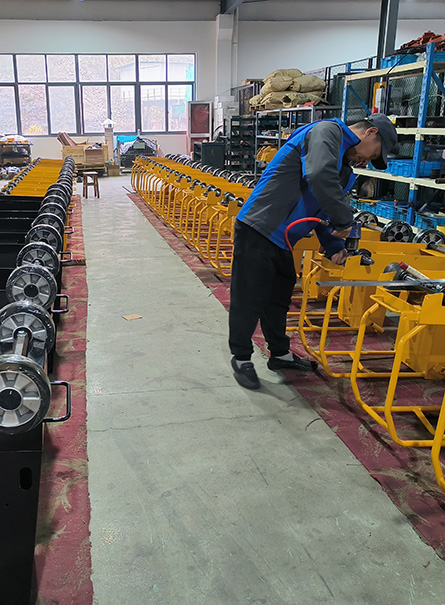A vibratory roller is a specialized engineering machinery equipment that belongs to the category of the road equipment. It is widely used for filling and compaction operations in large engineering projects such as highways, expressways, railways, airport runways, dams, and stadiums. It can roll sand-like, semi-plastic and plastic soils, roadbed stabilization soils, and asphalt concrete pavement layers. Generally, it is divided into a ride-on Vibratory Roller and Walk-Behind Vibratory Roller.
What is the definition of a vibratory roller?
Vibratory Rollers are a kind of machinery that uses mechanical self-weight and vibration to repeatedly load the compacted material, overcoming the adhesive force and internal friction between the materials, eliminating the internal gas and water content, forcing the particles to displace each other, interlocking tightly, increase the compactness, and reach a certain compactness and flatness.
What are the factors that affect compaction effectiveness?
Factors that affect compaction effectiveness include:
1. compacted material and its grading situation
2. water content
3. compaction energy and construction methods
When a vibratory roller is used for road compaction, what is the order of compaction?
When compaction work is carried out by a vibratory roller, the center line of the roadbed and road surface should be taken as the target. Starting from the left and right sides, the vibratory roller should pass by successively towards the center line (one run of the vibratory roller along the longitudinal length is one pass), until the main wheel of the vibratory roller compacts to the center line, and finally those places that the main wheel has not been compacted according to the requirements should be compacted in the middle of the road, that is "first the two sides, then the middle".
What is the compaction principle of a static roller?
A static roller is a machine that uses the principle of static compaction to repeatedly roll and press materials with the roller of the compactor itself. The static line force generated by the weight of the roller and the load acts directly on the paving layer, making the solid particles of the soil and other compressed materials close to each other to form a unified structure with certain strength and stability. That is, the static linear pressure generated by the gravity of the machinery itself is used to complete the compaction work.
HVR240V is one of our products, with a static line pressure (front wheel/rear wheel) of 154/161 N/cm, and its own weight reaches 3600KG, which can very well complete the compaction task of road construction.
What is the principle of vibration compaction?
The principle of vibration compaction is to use the centrifugal force generated by the mechanical self-weight and the exciter to force the compacted material to make vertical forced vibration, sharply reducing the internal friction between soil particles, making the particles close to each other and increasing the compaction degree, thus achieving the purpose of compaction.
HVR220V is a vibratory roller produced by us. Its centrifugal force reaches 23.5KN, and the vibration frequency reaches a very high 65Hz, which can quickly increase the particle compaction degree and quickly complete the compaction work.
What is the compaction principle of a vibratory roller?
The roller wheel rolls reciprocally along the compacted surface, while the centrifugal force generated by the eccentric mass is used to vibrate with a certain frequency and amplitude, so that the compacted layer is simultaneously subjected to the combined action of the static line force and the centrifugal force, giving the material a short-term continuous pulsed impact.
The HVR216V is an economical product of our own weight 1620KG, with static linear pressure (front wheel/rear wheel) of 92/100N/cm. Its centrifugal force is 23.5KN, and the vibration frequency is also 65Hz.
What is the purpose of compaction when constructing roads, with both the roadbed soil and the pavement layers needing to be compacted layer by layer?
The purpose of compaction of subgrade soil is to reduce the gap of soil, increase the density of soil, improve the compressive strength and stability of subgrade, and make it reach the specified bearing capacity; The purpose of compaction of pavement layer is to increase the density of the compacted material, so as to reach the specified compaction to resist the dynamic influence of vehicles and other objects running on it, as well as the erosion of rain and snow.





